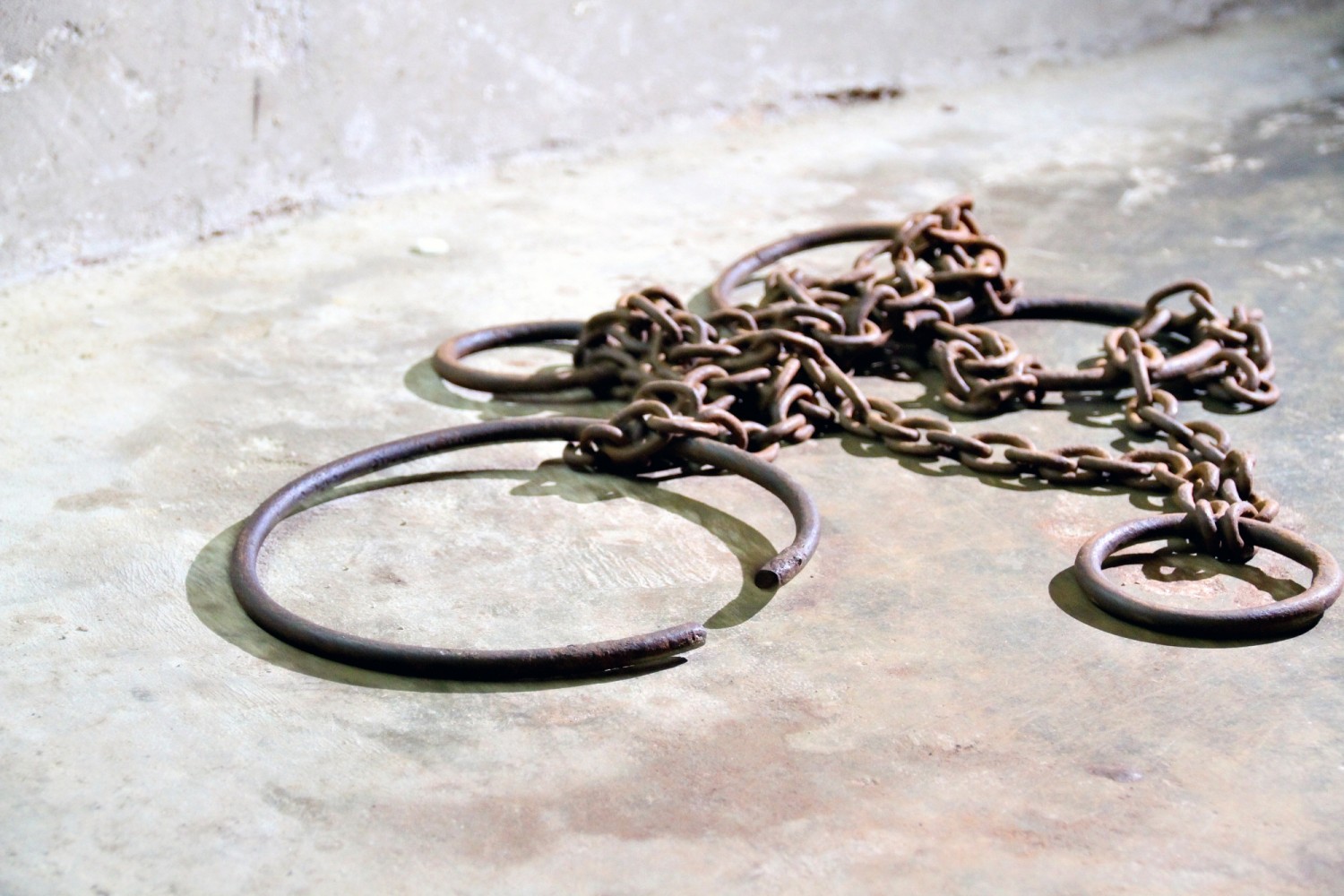As we approach Australia Day, I’m putting the final touches on the major assignment for the online Family History Writing course I’m doing at the University of Tasmania. We have to write a short narrative focused on one of our ancestors, a place they lived or an event in their life. The narrative must demonstrate the techniques we have learned for writing compelling scenes based on genealogical records.
Many of the students in the course have ancestors who travelled to Australia as convicts on sailing ships and so they are recreating what life was like on the prison deck for the convicts. I’m currently writing a life story for a client whose ancestors travelled on the First Fleet as convicts. While we don’t know the precise details of these convicts’ lives on board the ships there are many records available such as ships’ diaries and the notes of the ship surgeons that we can dip into to the recreate vivid scenes in our narrative.
In our course, we’ve learned to write compelling scenes full of sensory details. These scenes fuel a reader’s imagination and draw them into the story. If you are recreating a scene from a convict ship read as much as you can about conditions on a convict ship and meditate on the details—immerse yourself in the scene and conjure up the sounds, smells, sights, feel and tastes.
If we think about the convicts during their journey to Australia, we know they were crammed into dark and unventilated spaces between the decks. There was no natural light, and lanterns and candles were forbidden because of the danger of fire in the wooden ships. They slept in narrow double bunks, about 45 cm for each convict, or on hammocks. There was not enough room to stand upright. The convicts were allowed on deck in good weather to wash and to exercise, but in bad weather they had to remain below, lying all day on their sleeping racks. They were often soaked by seawater and sewage. In the calm, hot weather, the heat below deck was suffocating. The ships often ran into violent gales, huge seas and icy waves that crashed over the decks and poured through the hatches onto the convicts below.
Convicts were taken aboard a ship in chains and shackles. Once aboard these were unlocked. A hatch was opened, and the convicts went below to the prison deck and the hatch was locked. Sometimes, however, they were kept in chains and behind bars even on board. On some ships, in the early days, convicts were kept below most of the time.
Many of the convicts who were sent to New South Wales in the early years were already disease ridden and many died from typhoid and cholera in the unsanitary conditions on the ships. Those that survived were severely weakened by scurvy, dysentery and fever. There were many cases of sea sickness and stomach upsets.
Immerse yourself in the fetid stink of sweat, vomit, urine and faeces and imagine what it was like for the convicts to live in such conditions for the five or six months of their journey. Your job as a writer is to enable your reader to see, smell, taste and respond to the scene below deck in their own way. Show your reader what it was like in the baking heat surrounded by the foul smells. Help your reader interpret the scene for themselves based on the precise details you provide rather than you interpreting it for them.
Have you tried to write about your convict ancestors? Share your experiences below.
Gabriella Kelly-Davies, Founder, Share your life story and Vice President Life Stories Australia
www.shareyourlifestory.com.au



Social